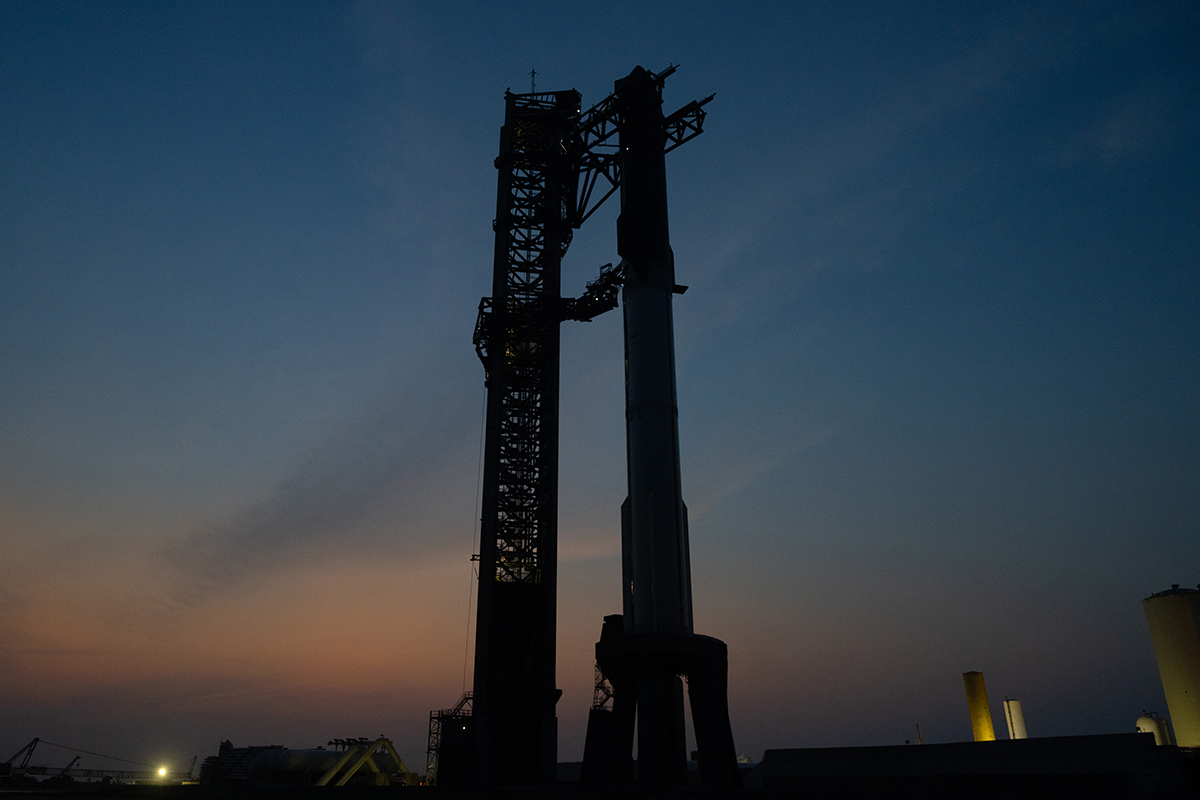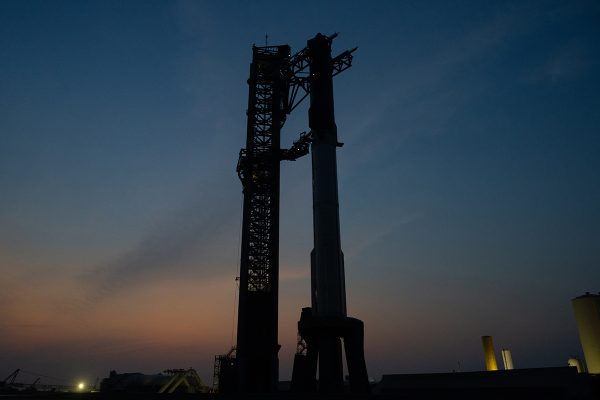The recent in-flight capture of SpaceX’s Super Heavy B12 rocket marks a monumental advance in space exploration, bringing us closer to rapid rocket reusability for future missions to Mars and the Moon. This achievement nearly didn’t happen: just one second short of reaching the target, an abort system nearly aborted the landing at the launch tower. Below, we take a look at how SpaceX overcame this technical challenge and what this milestone means for the future of spaceflight.
In-flight capture near-abort
On October 13, 2024, SpaceX launched its fifth test flight from Boca Chica, Texas. On this mission, the first stage of Super Heavy B12 successfully landed using the launch tower’s robotic arms, known as “chopsticks.” However, the landing was only one second away from being aborted due to a misconfiguration in the spin gas pressure system. This failure would have almost caused the rocket to land on the ground, far from the pad. Fortunately, the SpaceX team managed to correct the error in time, demonstrating its ability to manage risks in real time.
Heat shield improvements
In addition to the landing challenges, the mission also tested Starship’s new heat shield. SpaceX engineers improved the ceramic tiles that protect the spacecraft from high temperatures during reentry. On this mission, they also added ablative materials underneath the tiles, which helps protect the spacecraft if some of the tiles become detached. In addition, the seals between the tiles improved the shield’s resistance to plasma. Experience from previous flights allowed SpaceX to identify areas for improvement, such as weld margins on critical structure shields. During descent, one shield detached, but did not affect systems essential for landing. SpaceX is already working to improve this part of the design.
Reusability: key to the future
SpaceX is focused on making Starship a fully reusable rocket. The idea is that both Super Heavy and Starship can land on the launch pad for quick inspection and refurbishment, which will reduce costs and preparation times for future missions. This reusability approach is critical to making travel to Mars and other interplanetary destinations viable. However, any failure of critical systems, such as those observed on this mission, can compromise mission success. That is why SpaceX continues to refine its safety processes and protocols.

Preparations for sixth test flight
With Starship’s sixth test in mind, SpaceX is adjusting its protocols to mitigate additional risks on the booster. Engineers are meticulously reviewing the configuration of abort systems and critical structure protectors to make sure everything works properly during flight. This constant assessment is essential to keep up the pace of innovation and move toward the next big goal: launching five unmanned Starship spacecraft to Mars in 2026.
The impact of technology on space exploration
SpaceX’s advances show how technology, particularly in areas such as ICT, is key to transforming space exploration. From the optimization of landing systems to innovation in materials to protect the spacecraft during reentry, each step represents a leap into the future. These achievements not only reaffirm the potential for reusability in space travel, but also underscore the importance of continued technology research to address the challenges that remain to be overcome. The ability to improve and adjust systems in real time will be critical for future missions, such as flights to Mars, that could forever change the way we understand space.
Continue your professional education
Just as SpaceX leads technological innovations in space exploration, advances in ICT and engineering continue to shape the future. Studying our Master in Strategic Management with a specialty in Telecommunications will provide you with the skills you need to lead impactful technology projects, meet today’s challenges and be prepared for tomorrow’s challenges, such as those we see in space missions like SpaceX’s.
Sources:
SpaceX has caught a massive rocket. So what’s next?
SpaceX’s Starship booster was ‘1 second away’ from aborting epic launch-tower catch
SpaceX succeeds in catching Super Heavy B12 mega rocket in flight: a real-time sci-fi film

